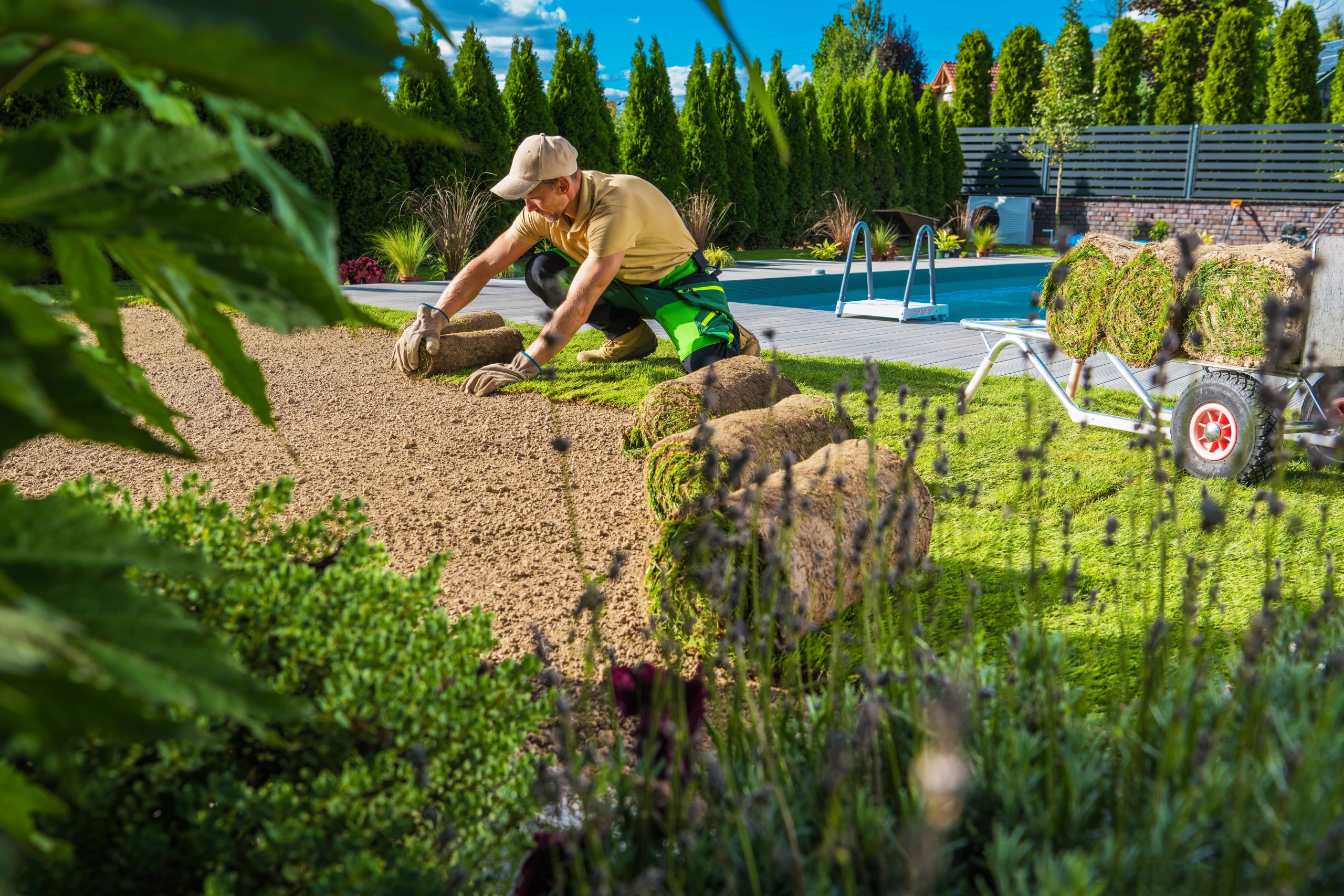
A flourishing garden requires robust soil health, which ensures proper water retention and drainage. Drainage is crucial because poorly drained soil can lead to root rot, suffocation, and plant death. Conversely, well-drained soil facilitates healthy root systems and encourages vibrant growth. If you’ve been battling soggy garden patches or struggling with stagnant water, here are some quick tips to enhance soil drainage effectively.
Understanding Soil Structure and Drainage
Before diving into solutions, it’s essential to understand how soil structure affects drainage. Soil is composed of different particles: sand, silt, and clay. Sandy soil drains quickly but doesn’t retain much water, while clayey soil holds water but drains poorly. Silt sits in the middle, providing a balance but can still experience drainage issues if compacted.
The goal of improving soil drainage is to create a balanced structure that encourages an even flow of moisture around the roots while retaining essential nutrients.
1. Conduct a Soil Test
First and foremost, conduct a soil test to understand your current soil makeup. This test will pinpoint imbalances in nutrients, pH levels, and soil composition. You can get a DIY soil test kit or send a sample to a local extension service. Understanding your soil will guide you in deciding which amendments or treatments are necessary.
2. Organic Matter is Your Friend
Incorporating organic matter is one of the simplest ways to improve soil drainage. Materials such as compost, well-rotted manure, and leaf mold can open up heavy clay soils, leading to improved drainage and aeration. Conversely, they can improve water retention in sandy soils.
How to Add Organic Matter:
– Surface Application: Spread a layer of organic matter (about 2 inches deep) over your garden bed, then lightly work it into the topsoil with a garden fork.
– Deep Incorporation: For new garden beds, incorporate organic matter deep into the soil, about 8 to 12 inches, using a rototiller.
Regularly applying organic matter will ensure sustained improvement in both drainage and overall soil fertility.
3. Utilize Raised Beds
If you’re dealing with persistently poor drainage, consider using raised beds. This technique elevates plant roots above the problematic ground level, allowing water to drain quicker away from the root zones.
Building Raised Beds:
– Materials: Use wood, stone, or brick to construct the boundaries.
– Height: Typically, beds are between 6 to 12 inches high.
– Soil Mix: Fill the raised beds with a well-draining soil mixture—standard mixes often include equal parts compost, topsoil, and a material like perlite or sand to enhance drainage.
Raised beds not only improve drainage but also simplify maintenance tasks like weeding and harvesting.
4. Use Mulch Strategically
Layering mulch over garden beds prevents soil compaction and degradation from rain. It also provides a crucial buffer layer, preventing the soil surface from sealing, which can hinder drainage. Choose organic mulches, which will decompose over time and contribute to improving soil structure.
Mulching Tips:
– Spread a 2-4 inch thick layer around your plants.
– Ensure mulch doesn’t come into direct contact with plant stems to avoid rot.
5. Create a French Drain
For areas susceptible to severe waterlogging, a French drain can be an effective long-term solution. This drainage system consists of a trench filled with gravel and a perforated pipe that diverts water away from your garden.
Steps for Building a French Drain:
1. Location: Identify the area where excess water collects.
2. Dig a Trench: The trench should slope downward, leading to a drainage outlet or well-absorbing soil.
3. Install Pipe: Place a perforated pipe at the base, cover it with gravel, and wrap it with landscape fabric to prevent soil clogging.
4. Cover: Fill the trench with gravel and top it with soil or mulch.
6. Amend with Soil Conditioners
Commercial soil conditioners such as gypsum can be applied to heavy clay soils to break up the compact structure. Adding sand or tiny gravel can also introduce larger particles that assist in water movement, albeit with caution, as excessive sand can turn your soil into concrete-like material.
7. Ensure Proper Grading
An overlooked aspect of garden drainage is the grading of land. Ensure your garden area has a slight slope, directing excess water away from plant roots and preventing pooling.
8. Plant with Drainage in Mind
Choosing the right plants can also make a difference. Some plants are naturally more tolerant of wet conditions and can even help absorb excess water. Explore native wetland species, which often require less intervention and thrive in challenging conditions.
Conclusion
Enhancing soil drainage in your garden is vital for achieving a thriving, healthy landscape. Whether incorporating organic matter, building raised beds, or setting up a French drain, these techniques ensure your plants’ optimal growth conditions. Always start by understanding your unique soil conditions, and tailor these strategies to meet those needs. With persistence and the right approach, you can transform even the soggiest garden into a lush, vibrant retreat.
Remember, the key to successful gardening lies in regularly assessing your soil’s condition and making necessary adjustments. Happy gardening!













